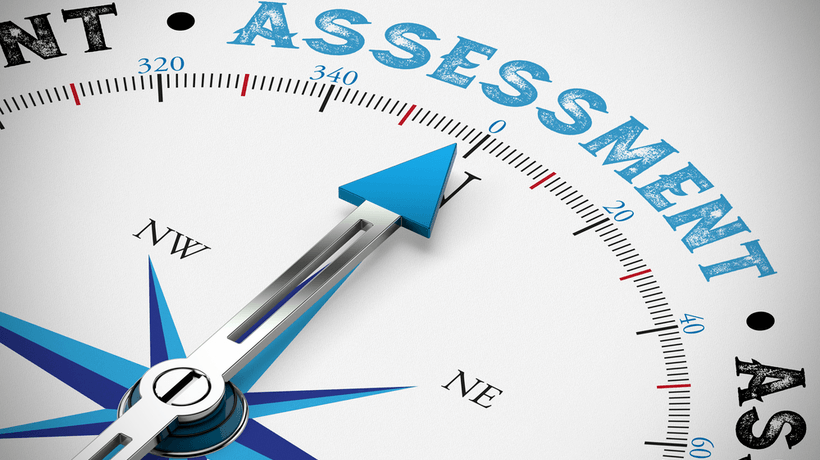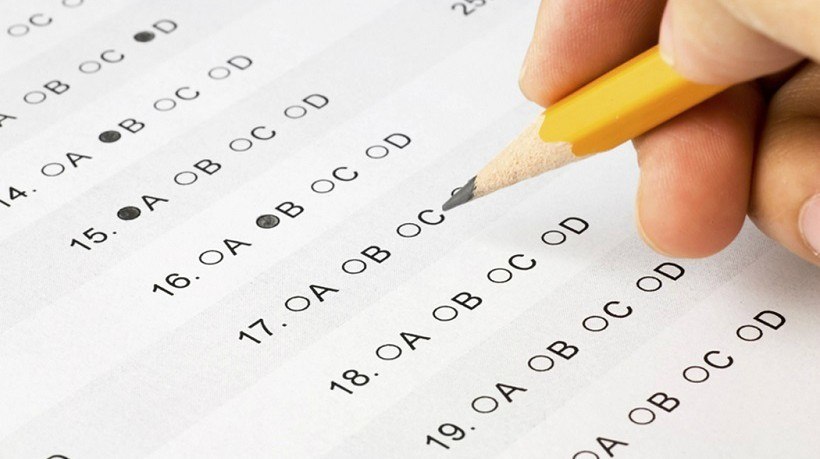Formative Assessment In eLearning
The primary purpose of a formative assessment in eLearning is to offer your learners feedback they can use to improve their eLearning experience. Rather than simply giving them a grade, you are able to identify areas that may need improvement and pinpoint their strengths DURING the eLearning course, in contrast to summative assessment, which is used to determine whether or not a learner achieved the learning objectives and reached the desired level of proficiency at the end of an eLearning course. This constructive criticism and insight can be used to create an action plan moving forward, so that they are able to modify learning behaviors and achieve their learning goals.
In many respects, formative assessment is one of the most beneficial assessment strategies, as it focuses on what still needs to be learned instead of what learners should already have mastered. This gives the learner enough time to improve and acquire the necessary information and skill sets during the eLearning course.
6 Types Of Formative Assessment
- Goal checks.
Learners are provided with a goal or objective at the beginning of the eLearning lesson. Upon completion they are given an assessment to determine whether they achieved the goal and how far they’ve progressed. Additional “milestone” goals can also be set for the rest of the lesson or eLearning course. - One-on-one discussion.
The instructor meets with a learner to discuss expectations and assess their current knowledge base and skill sets. Typically, the facilitator will ask each learner a pre-determined set of questions to identify areas of improvement. This can be carried out face-to-face or via an online chat. - Instructor observation.
The instructor observes learners as they are completing online activities and assesses the proficiency and skill level of each individual. This usually involves note-taking, and possibly a follow-up online face-to-face meeting between the instructor and learner. - Personal online learning logs.
Learners are asked to create a personal online learning log or journal that details what they are learning, their thoughts and feelings about the topic, and the core ideas or concepts of the online lesson. The instructor can then use this log to track the learner’s progress. - Group presentations.
Learners work together or independently to create an online presentation that must be presented to their peers. The learners are provided with criteria beforehand, which clarify expectations and specify which skills and information must be used throughout the eLearning project. - Self-assessment.
Learners are encouraged to reflect upon their own eLearning experience and determine their level of proficiency or knowledge mastery. They may also be evaluated by their peers, who give them feedback and insight into their work. This form of online assessment is usually paired with another eLearning activity, such as personal online learning logs.
4 Tips To Use Formative Assessment In eLearning
- Provide immediate feedback.
The entire premise behind formative assessment in eLearning is to give your learners the feedback they need to correct unfavorable learning behaviors and strengthen desirable behaviors. To do this, your learners must get the feedback they need immediately after they make an error or carry out the negative behavior, so that they can link the constructive criticism to the eLearning event in question. If you notice that a learner is not fully grasping the concept or is unable to apply the knowledge they have learned, then you should pause, discuss, and offer them the required feedback and guidance as soon as possible. - Student progress dictates the direction of your eLearning course.
One of the most notable benefits of using formative assessment in eLearning is that you can quickly modify your eLearning strategy to meet the individual needs of the learner. If you find that they are struggling with a particular topic or skill, you are able to see this right away thanks to formative assessment. You can then customize the eLearning activities, assessments, and curriculum to improve their comprehension and knowledge absorption. Rather than testing at the end, when it may be too late to modify incorrect learning behaviors, you have the opportunity to remedy the issue DURING the learning process. - Identify measurable strengths and weaknesses.
In order to get the most out of your formative assessment strategy you will need to have quantifiable data that you can actually track. Skills may be difficult to put into numbers and percentages, but you can give your learners online assessments periodically that track their mastery of certain skill sets. Have them complete a specific online scenario at different points throughout the eLearning course and keep track of their progress, or give them a pop quiz that monitors how they are improving. Before you even begin the eLearning course, encourage them to identify their strengths and weaknesses so that you know their learning gaps. Then you can work with them to address their specific needs and pinpoints areas of improvement.Design the Best Learning Experience for your Learners with the Most Engaging Branching Scenarios!Discover, choose and compare the top eLearning Authoring Tools with Branching Scenarios Functionality! - Remember that formative assessments are “low stakes”.
The entire point of formative assessment in eLearning is that it is NOT about grades, but about progress. Your learners don’t need to show you that they’ve mastered a subject, but that they are improving as they move through the eLearning course. This is what is known as a “low stakes” assessment, as opposed to “high stakes” summative assessments that typically determine a learner’s proficiency at the end of the eLearning course. A formative assessment in eLearning is designed to monitor a learner’s development and provide them with feedback they can use to achieve their goals. Keep this in mind when you’re creating your online formative assessments, and steer clear of grades or point values that might discourage your learners. Instead, give them constructive criticism and praise that can empower them to become lifelong learners who are willing and ready to strive for success.
Formative assessment in eLearning gives your learners the opportunity to identify areas of improvement and broaden their comprehension while there's still time to make a difference.
Feedback is an integral part of any formative assessment strategy. Read the article 9 Tips To Give And Receive eLearning Feedback to learn 9 top tips that can help you give feedback in a more effective way.








